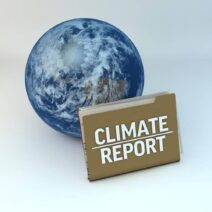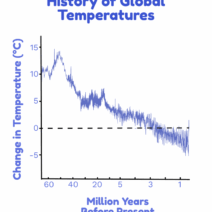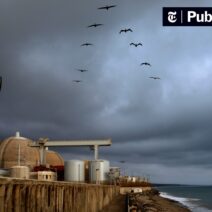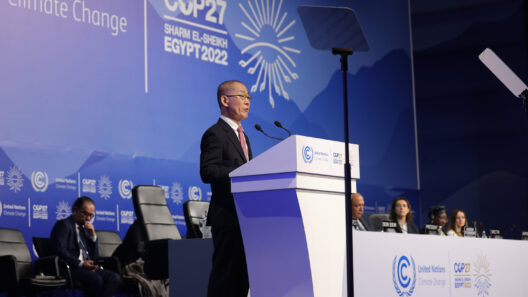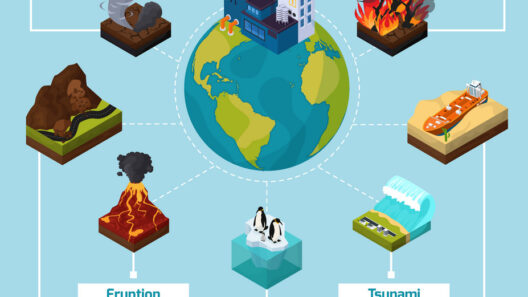Climate change has emerged as one of the most pressing existential crises of our time, prompting intense scrutiny of various contributors to this phenomenon. At the heart of the debate lies an enduring question: Humans vs. Nature—who’s really to blame for climate change? This inquiry necessitates a nuanced exploration of both anthropogenic and natural factors influencing our climate system.
To understand the complexities of climate change, we must first delineate the primary distinctions between human-induced (anthropogenic) and natural processes. Anthropogenic effects arise from human activities, particularly those associated with industrialization, urbanization, and the exploitation of fossil fuels. In stark contrast, natural processes include various geophysical and biochemical phenomena—such as volcanic eruptions, solar radiation fluctuations, and ocean current shifts—that have inherently influenced Earth’s climate throughout its geological history.
To paint a clearer picture, consider the following key categories of human activities that exacerbate climate change:
- Burning of Fossil Fuels: The combustion of coal, oil, and natural gas for energy is the primary driver of increased concentrations of greenhouse gases (GHGs) such as carbon dioxide (CO2) and methane (CH4). This activity directly correlates with a rise in global temperatures, as GHGs trap heat in Earth’s atmosphere. The evidence is irrefutable: atmospheric CO2 levels have surged from approximately 280 ppm before the Industrial Revolution to over 410 ppm today.
- Deforestation and Land Use Changes: Forests act as significant carbon sinks, sequestering CO2 and mitigating atmospheric concentrations. However, deforestation for agriculture, logging, and urban development has led to the release of substantial quantities of stored carbon back into the atmosphere. Furthermore, land-use changes often exacerbate local climate conditions, further impacting biodiversity and ecosystem stability.
- Agricultural Practices: Methane emissions from livestock and rice paddy cultivation, along with nitrous oxide emissions from fertilization, contribute significantly to the GHG inventory. The “Green Revolution,” while successful in vastly increasing food production, has initiated unintended consequences on soil health and emissions profiles.
- Industrial Processes: Various industrial activities, including cement production, chemical manufacturing, and waste management, release a plethora of pollutants that not only impact air quality but also contribute to climate change. Industrial activities often produce high levels of GHGs, with some processes being inherently carbon-intensive.
In contrast, it is pivotal to acknowledge the role of natural processes in shaping the climate. Natural climate variability exhibits significant long-term trends and short-term fluctuations. For example:
- Volcanic Eruptions: Volcanic activity releases large amounts of particulates and gases like sulfur dioxide (SO2), which can temporarily cool the climate by reflecting sunlight away from the Earth. However, the effects are relatively short-lived compared to the sustained warming from human-induced emissions.
- Solar Radiation Variability: Changes in solar output, due to cycles such as the Milankovitch cycles or sunspot activity, can influence the Earth’s climate. While there is variation, the overall trend in recent decades shows a decrease in solar irradiance as a primary cause of modern warming.
- Ocean Currents: Ocean systems play a critical role in global climate regulation. Changes in ocean heat content, due to natural cycles like El Niño and La Niña, can result in interannual climate variability and even extreme weather events.
Despite the undeniable impact of natural processes, the overwhelming consensus among climate scientists is that human activities are the principal driver of contemporary climate change. The rate of warming observed in the last century is unprecedented in Earth’s history when compared to natural climate variability. This assertion becomes even more poignant once we consider that the Intergovernmental Panel on Climate Change (IPCC) has warned that without comprehensive action to mitigate GHG emissions, the planet could warm by as much as 1.5°C to 2°C above pre-industrial levels by the mid-21st century.
Engagement in this debate requires an examination not just of accountability, but also of the moral implications involved. As humans, beholden to a myriad of technological advances, we wield the power to influence climate systems profoundly. This reality begs the question: should we not take responsibility for the consequences of our actions? The ethical imperative to care for the planet stands as a clarion call for environmental stewardship, urging us to innovate and adapt in a manner that mitigates impact.
However, addressing climate change necessitates a collective efforts across disparate sectors—governments must enact stringent climate policies, industries must adopt cleaner technologies, and individuals must cultivate sustainable practices. The shift towards renewable energy sources like wind, solar, and hydropower is critical in reducing reliance on fossil fuels. Furthermore, international cooperation and commitments, such as the Paris Agreement, signal an evolving global consciousness regarding climate responses.
Ultimately, it is clear that while Nature has its role in shaping the climate, humans have accelerated detrimental changes at an alarming rate. Rather than remaining entrapped in a blame game, society must mobilize towards solving the climate crisis. Acknowledging our accountability can strengthen international resolve and inspire innovative solutions to curtail emissions and promote sustainability. After all, a thriving planet is paramount not only for humanity’s survival but for the rich tapestry of life that shares our home.
